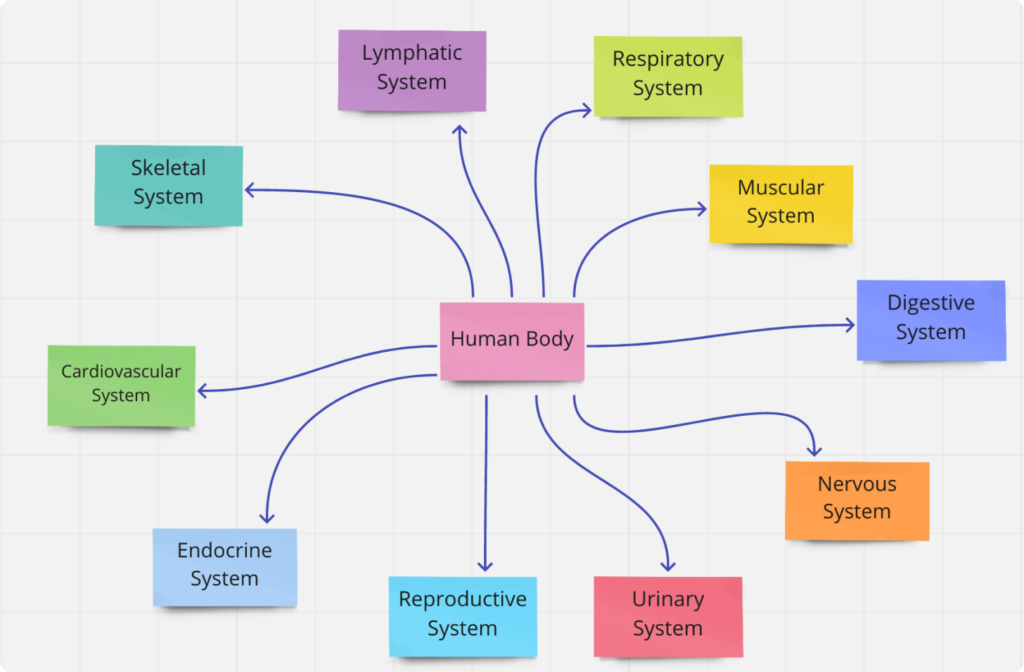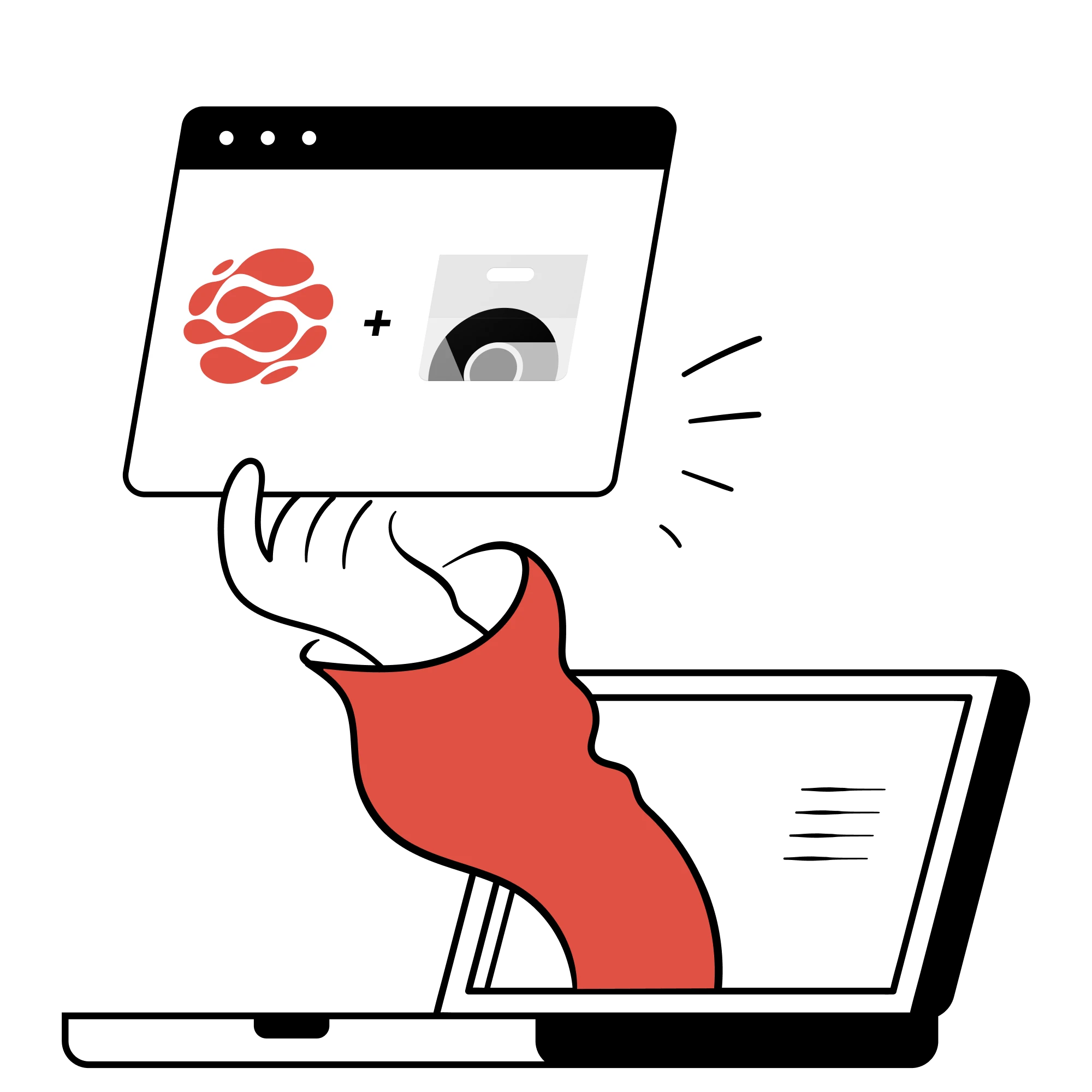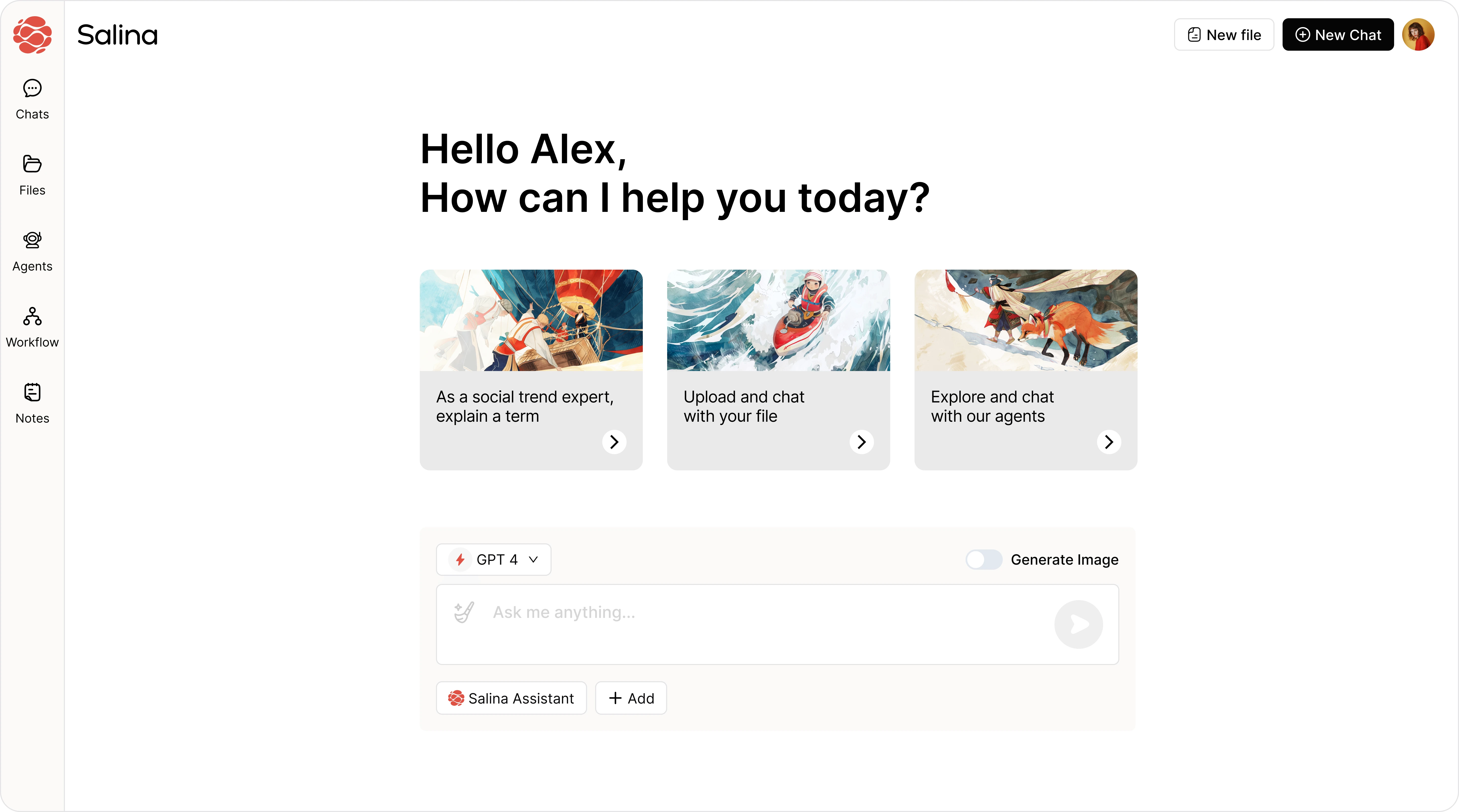
Explore how the power of note-taking supercharges productivity! Dive into the note-taking strategies that project managers can use to their advantage and stay steps ahead.
While pen and paper have served us well for centuries, the limitations become clear when information overload kicks in. Sticky notes pile up, notebooks get messy, and deciphering your own handwriting after some time can feel like solving a cryptic puzzle. This is the traditional note-taking dilemma, a constant struggle for many professionals in fast-paced environments.
Project managers face this struggle even more, juggling multiple projects, overflowing inboxes, and back-to-back meetings. Efficiently capturing essential information is crucial for their success, but traditional methods often fall short. This is where exploring advanced techniques like digital note-taking with AI can provide a solution. By delving into these innovative approaches, we can unlock new possibilities for capturing and organizing information, empowering project managers to navigate the complexities of the modern workplace.
The Traditional Note-Taking Dilemma
Students and professionals often face the traditional note-taking dilemma, highlighting a key productivity challenge: effectively capturing information without sacrificing comprehension. For project managers, this challenge is even more complex. They have not only have to contend with the volume of information but also the speed at which it must be consumed and acted upon.
Gartner, a research and advisory company in information technology, reports that a notable percentage of employees (27%) and managers (38%) feel overwhelmed by the increasing flow of information. This is why the ability to quickly organize and recall these notes becomes a competitive advantage in productivity and innovation in the workplace.
“In your thirst for knowledge, be sure not to drown in all the information.”
Anthony J. D’Angelo, author, The College Blue Book
Similarly, clarity in understanding our notes is of primary importance. We must avoid getting lost in the sea of information when organizing and managing them. This is why choosing the right method is where it is wise to first begin.
Note-Taking Strategies to Boost Productivity for Project Managers
Choosing the Right Method of Note-Taking
It is important to build a strong foundation by learning from past successes and failures. Knowing effective note-taking methods and past successful approaches helps us maximize the potential of AI. Proficiency in traditional techniques enables us to adopt innovations seamlessly and makes us aware of the transformative power of information.
Implementing the Cornell Method for Active Engagement
This simple method is highly effective for project managers due to its structured approach that encourages active engagement with the material. Dividing notes into summaries, cues, and detailed notes sections, helps in organizing information logically, enhancing recall and review. It’s ideal for meetings, research, and learning new concepts, where distilling key points and actionable insights are crucial.
Used most effectively in:
- Brainstorming sessions and kick-off meetings.
- Researching new tools or technologies.
- Learning new project management methodologies.
- Project reviews and performance analysis.
Here’s a quick video tutorial of how to use and effectively format your notes with the Cornell Method.
Employing a Mind Map for Better Visualization
Mind Mapping is excellent for project managers involved in brainstorming, project planning, and creative thinking. It visually maps out relationships between concepts, making it easier to see the big picture and how details interconnect. This method is particularly useful for strategic planning, problem-solving, and consolidating information from various sources into a coherent structure.

Used most effectively in:
- Project planning
- Brainstorming solutions
- Consolidating information
- Problem-solving
Mind mapping can be approached in different ways and it can have different structures. The important thing is to get started and try it out, which you can do so with these 23 examples of mind mapping for brainstorming and planning.
Making use of an Outline to Organize
The method of outlining or making use of a hierarchical structure is perfect for project managers who need to organize information in a clear and logical format. It’s beneficial for taking notes during training sessions, webinars, or while reading complex documents. The ability to break down topics into headings and subheadings with bullet points makes it easier to categorize information and prioritize by importance.
Used most effectively in:
- Meeting minutes
- Project plans
- Training sessions
- Meeting agendas
While outlining notes is the most common and widely known process of note-taking, being more specific and visualizing it helps as well. Here is a resource shared in the library and learning services of Sheridan College to go through it even more.
Knowing how to take notes effectively is key to reaping their benefits. Yet, choosing the right method is just the start. Project managers must also learn essential practices to improve the efficiency and effectiveness of their note-taking.
Related Content: The 8 Best Note-Taking Tools for Project Managers in 2024
Essential Practices for Project Managers
Within this section, we’ll delve into key practices that enhance the note-taking process, ensuring that notes are not only informative but also actionable and reflective of your objectives. Here’s how we can structure and elaborate on this key point:
1. Embrace the More-the-Merrier Approach in Note-Taking
When it comes to jotting down notes during meetings or when planning projects, going for quantity might actually be a good strategy. It seems counterintuitive, but the more details you capture, the better your recall might be later on. Research in higher education long ago showed clear connections between the amount of notes taken and academic performance.
If there’s a voice inside telling you to keep your notes short and sweet, maybe tell it to take a break sometimes. Detailed notes can be a valuable source of information that helps you piece together project details and decision rationales down the line.
2. Mix Up Words with Visuals for a Memory Boost
Ever tried doodling your ideas or creating simple sketches to outline project plans? Well, it turns out that mixing in visuals with your written notes can significantly ramp up how well you remember things.
This approach isn’t just for those who think they’re good at drawing; it’s about visually mapping out ideas to see connections and big pictures at a glance. So, next time you’re planning or brainstorming, grab a marker and let your ideas flow visually. It could make things stick better in your memory.
3. Pause, Review, and Team Up for Note Perfection
Taking a moment to pause and look over your notes, then refining or adding more details, can make a big difference in how much you remember. Better yet, doing this in collaboration with your team can elevate the quality of your notes to the next level.
Imagine taking a break mid-meeting to ensure everyone’s on the same page or setting aside time after a project briefing to collectively refine the project plan based on everyone’s notes. This collaborative pause not only enhances note quality but also ensures team alignment.
After all “You’re already a mental millionaire”. This is one of the insights I pulled from Michael Simmons a 3x 7-figure educational entrepreneur who has written for Fortune, TIME, Forbes and the Harvard Business Review. Who emphasizes the significance of organizing and packaging your accumulated knowledge to share it confidently.
This mindset replaces the hesitation to share knowledge until feeling ‘fully prepared’ with the proactive approach of sharing now, recognizing the inherent value in one’s experiences and insights.” The best way of sharing this knowledge is not only by note-taking but also by discussing realizations and insights in real time.
4. Leverage Structured Notes to Enhance Retention
Guided or structured note-taking can be a game-changer, especially in complex projects. Imagine having a blueprint for your meeting notes or project documentation—some parts filled in to guide the discussion and blank spaces left for the meaty details that emerge in conversation.
This method helps ensure you capture the essential bits without getting lost in the weeds. You could take inspiration from various fields like engineering, where notes include diagrams, critical points, and leave space for real-time inputs. Such an approach not only keeps your notes organized but also actively engages you in the meeting or project planning process.
Understanding these processes enables us to establish fundamental strategies for effective note-taking. With this foundation, we can enhance what AI offers for note-taking to an even greater extent. The next step in our discussion is to delve into the specifics of how we can accomplish this.
Incorporating AI into Note-Taking: A Step-by-Step Guide
To adopt AI into your note-taking routine, begin by understanding the available tools and gradually introducing them into your workflow. Here’s a step-by-step guide to ensure a smooth integration of AI in your note-taking process.
Step 1: Evaluate Your Current Note-Taking Practices
Before making any changes, assess your current note-taking methods. Identify pain points where AI could offer improvement and lay the groundwork for a more efficient process.
Step 2: Research AI Tools
Look for AI note-taking tools that align with your needs. Some tools focus on speech-to-text capabilities, while others excel in note organization or knowledge extraction. Consider conducting a trial of different tools to gauge their fit for your workflow.
Step 3: Train Yourself on AI Features
Once you’ve selected a tool, invest time in familiarizing yourself with its AI-driven features. These can range from dictation software to advanced search and summarize functions. The more proficient you are with these tools, the greater the benefits you’ll derive.
Step 4: Gradually Integrate AI Tools
Don’t rush the integration process. Start by using AI tools for specific tasks, such as transcribing meetings or structuring research. Over time, expand the scope to cover all note-taking activities.
Essential AI Tools for Efficient Note-Taking
Numerous AI tools are available to improve note-taking. Here are some noteworthy ones for knowledge workers aiming to enhance their note-taking efficiency.
Speech-to-Text Converters
Speech-to-text converters convert spoken words to text, reducing manual typing and enhancing note-taking speed. They’re handy for meeting minutes, interview transcripts, and capturing ideas on the go. The likes of Otter.ai, Microsoft Azure, and Dragon Anywhere offer accurate and rapid speech-to-text conversion, allowing you to capture spoken words into written format effortlessly.
Summarization and Keyword Extraction
Tools such as SummarizeBot and Sapling AI can identify key points and themes within extensive notes, condensing them into a concise summary that captures the essence of the content.
Note Organization and Retrieval
Apps such as Notion and Bear utilize AI for automatic note categorization and tagging, improving searchability for quick access to information.
Visual Aid Creation
Tools like Miro offer collaborative spaces for visual brainstorming and project mapping, not directly AI-driven but highly effective for organizing ideas visually.
Canva incorporates AI through its Magic Write feature, generating text and design suggestions, making it easier to create infographics and visual summaries from notes.
Adopting AI-enhanced note-taking strategies is a progressive step that project managers must consider in their pursuit of greater efficiency and productivity. AI tools can streamline the note-taking process, turning it from a chore into a vital engine for capturing, processing, and utilizing information effectively.
Key Takeaways
- Effective note-taking is fundamental for project management, enhancing memory, ensuring team alignment, and fostering organized record-keeping.
- Incorporating visual aids and structured templates can significantly improve the retention and organization of information.
- Collaborative review sessions are instrumental in elevating the quality of notes and ensuring that all team members are on the same page.
- Integrating AI into note-taking processes can streamline tasks, from transcribing meetings to summarizing extensive documents and organizing notes for easy retrieval.
- To achieve optimal results with AI note-taking tools, it’s crucial to evaluate current practices, research and familiarize with AI features, and gradually integrate these tools into daily workflows.
What’s Next?
The call to action is clear: explore AI note-taking tools and bring them into your daily routine. The sooner you do, the quicker you’ll experience the profound impact AI can have on your work. Through this guide, you can now take the first steps towards a more effective and efficient note-taking approach, one that’s fit for the project manager of the future.




